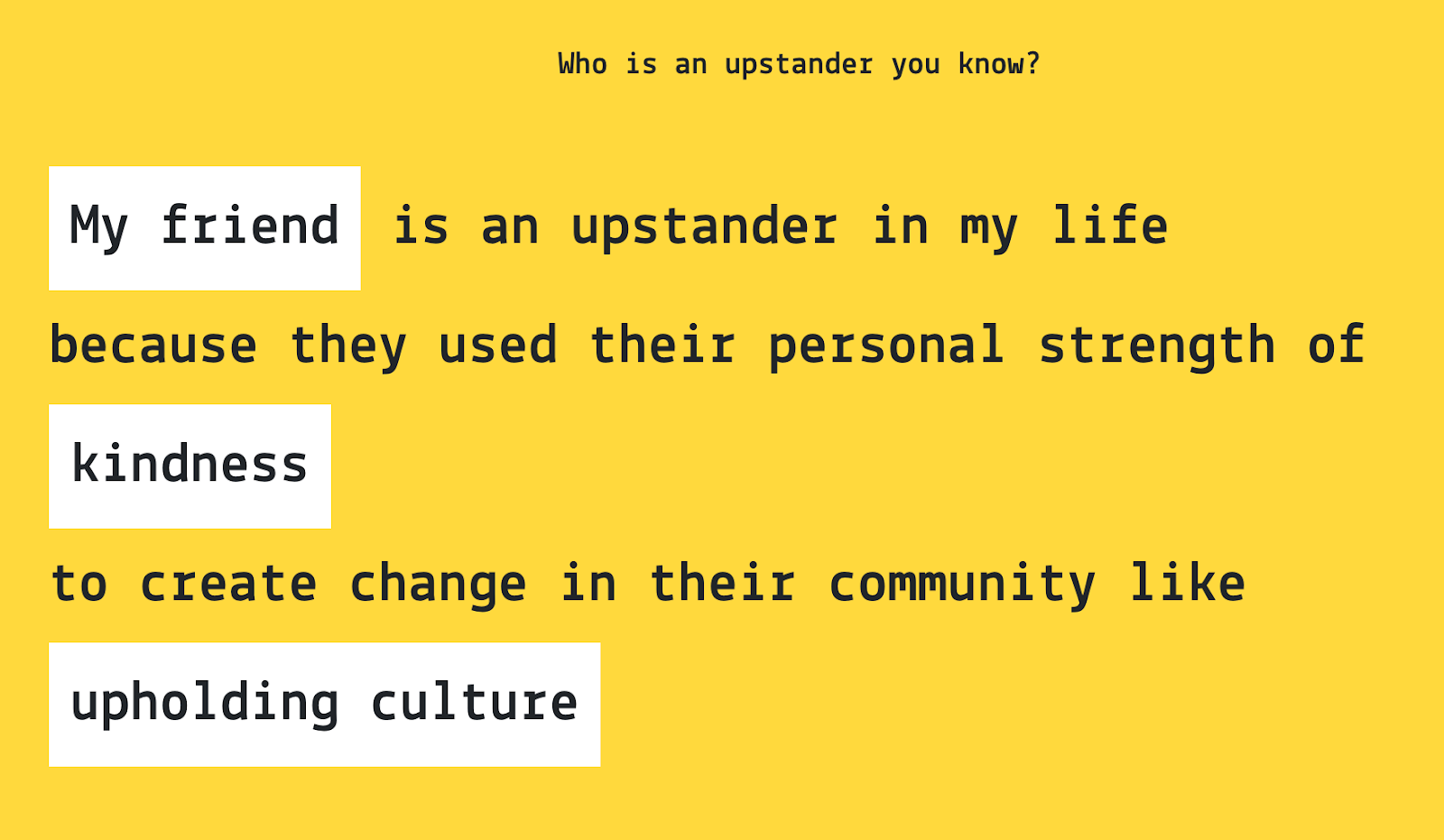Today, we’re celebrating Pink Shirt Day with three stories from three classrooms that exemplify the power of kindness.
Upstanders in Action 🎬
Our first story is about the positive impact kids (or anyone) can have by being an upstander. An upstander is someone who responds to bullying by confronting the bully directly or by telling a trusted adult. This is in contrast to being a bystander, who is someone that witnesses bullying and does nothing. Building on being an upstander, an ally is someone who responds to bullying by supporting the person being bullied.

Raychelyn invited me to come into her Grade 6 class to observe her students working on their Upstander Projects. It’s through this project that students dialogue, brainstorm, and write ideas for short movies about what it means to stand up and help if they witness someone being bullied or getting hurt.
From there, they transform their writing into screenplays, and then use iMovie on their iPads to record and edit movie trailers. Some students were setting up their scenes in front of green screens, while others were outside to use the basketball courts and the playground as their settings.
The young filmmakers recruited one another to act in each others’ projects — even if they were in different groups. With the students switching from group to group to help each other out, it seemed a little chaotic at times. However, Raychelyn was a-okay with it, since it was all in the spirit of collaboration.
Next up they will be piecing together their footage into movie trailers. We’re looking forward to seeing how they turn out!
The Power of Friendship and Family Feedback 👬
Liz is a Grade 4 teacher. When it came to digital portfolios, she was challenged with finding a way to make reflections more engaging for students and their families. Simply talking or writing about finished school work was boring! Liz was looking for more insightful questions that invited students to share more openly.
Recently, Liz made a change and moved away from posts on academic achievements, and instead turned to reflections guided by the Personal and Social Awareness Core Competency. She started asking her students reflection questions like, "What makes a good friend?" and “Do friends always have to get along?” Liz’s students began to look at their own behaviours and identified the positive qualities they wanted to embody.

The student responses were all communicated to parents, which meant they had a genuine audience to speak to. Because of this, parents who normally didn’t comment on their kids’ portfolios gave some positive feedback. According to Liz, that was a surprise to some of the students!
Thanks for reading 🙌. Share this post with a friend and inspire them to be an upstander!
Kindness Conversations 🥰
Rebecca has been using Seesaw in her Grade 4 class since before we worked together. She primarily used Seesaw for math activities and early finishers, but lately she’s been collecting posts from students that go beyond academics. Recently, Rebecca was dealing with a conflict between a few students in her class. A perfect opportunity, she thought, to start a conversation around kindness in her class. Rebecca created a Seesaw activity that invited her students to explore the meaning of kindness with their parents through a recorded interview at home.
This was a really novel way to encourage family engagement. The activity posed questions to both parents and students and gave them the opportunity to reflect on how they embrace kindness. The result was a conversation that would influence positive behavioural change for the whole family!
Understanding Upstanding
Learn more about the concept of an upstander at the Canadian Museum of Human Rights website.

